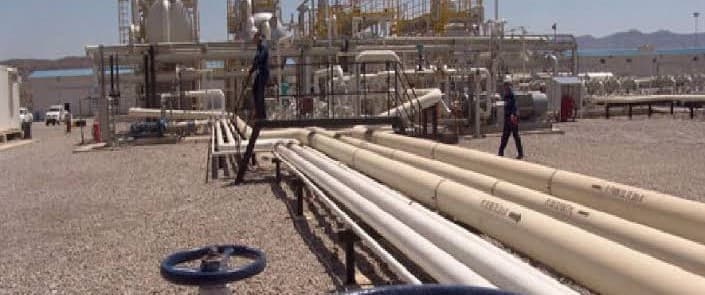
The United States and Great Britain are intensifying efforts to solidify their strategic positions in Syria and Libya as Russia diverts its focus to Ukraine. This initiative aims to prevent Moscow from re-establishing its influence in these historically significant regions of the Middle East and North Africa.
Both nations played crucial roles in the removal of Libyan leader Muammar Gaddafi in 2011 and the ousting of Syrian President Bashar al-Assad in 2024. Over the past two decades, Washington and London have recognized the importance of implementing economic stabilization plans following regime changes. Such strategies not only mitigate the risk of mass migrations into Europe but also secure energy interests for the countries involved, countering the geopolitical influence of Russia and China.
Recent developments reflect this renewed focus. Following the lifting of sanctions on July 1, 2023, the U.S. removed Syria’s Ministry of Oil and Mineral Resources from its sanctions list, alongside other key entities. These actions are part of a broader strategy to revitalize Syria’s oil and gas sector, which has significant potential for economic recovery. The sanctions relief aims to foster a “stable, unified and peaceful” Syria.
Before the civil war that erupted in March 2011, Syria was a notable oil producer, generating approximately 400,000 barrels per day from reserves of 2.5 billion barrels. European countries imported over USD 3 billion worth of oil annually from Syria, with major refineries in Germany, Italy, and France processing its heavy and light crude oil. International companies, including Shell and Petrofac, were heavily involved in the sector prior to the conflict.
In response to the evolving landscape, American companies such as Baker Hughes, Hunt Energy, and Argent LNG are gearing up to assist in revitalizing Syria’s energy sector. A senior source within the European Union’s security framework indicated that the initial focus will be on oil-producing regions west of the Euphrates, currently under the control of the new Syrian government.
The situation in Libya mirrors that of Syria, with British firms taking a leadership role. Before the upheaval in 2011, Libya’s production capacity reached 1.65 million barrels per day. The National Oil Corporation (NOC) had ambitious plans to enhance production through advanced recovery techniques. Despite ongoing political fragmentation, interest from international oil companies remains high, with Libya holding the largest crude oil reserves in Africa at 48 billion barrels.
Recent agreements reflect renewed commitment to Libyan energy development. On July 8, BP announced a memorandum of understanding (MoU) with the NOC aimed at redeveloping key oil fields in the Sirte basin. Shell is also exploring opportunities in the Atshan oil field. These agreements signal a robust interest in stabilizing and expanding Libya’s oil and gas output.
In addition to these developments, U.S. and British firms are collaborating on projects to boost Libya’s gas production. A cooperation agreement was signed during a visit by senior U.S. officials, focusing on the development of offshore gas fields expected to yield 750 million cubic feet per day.
The strategic maneuvers in Syria and Libya underscore the determination of the U.S. and Great Britain to maintain their influence in the region. As these countries implement their plans, the potential for energy sector revitalization may complicate efforts by Russia or China to reassert their foothold in these critical markets.







